A logic analyzer is a dedicated debug tool for digital signals, offering long-time acquisition, no dead time, advanced trigger conditions, and rich protocol decoders. With a USB logic analyzer or high-speed logic analyzer, you can easily capture and analyze complex communication sequences in protocols like I²C, SPI, UART, CAN, and more.
While an oscilloscope is ideal for viewing voltage waveforms, periodic signals, and noise variations, a logic analyzer focuses on recording digital high/low states, making it far better for analyzing digital communication processes, timing relationships, and complex protocols in embedded systems, microcontrollers, and FPGA projects.
A digital signal analyzer can significantly improve efficiency in digital circuit debugging, firmware development, and protocol analysis, saving you time and helping you pinpoint issues quickly.
Why DSLogic ?
1. Continuous Improvement
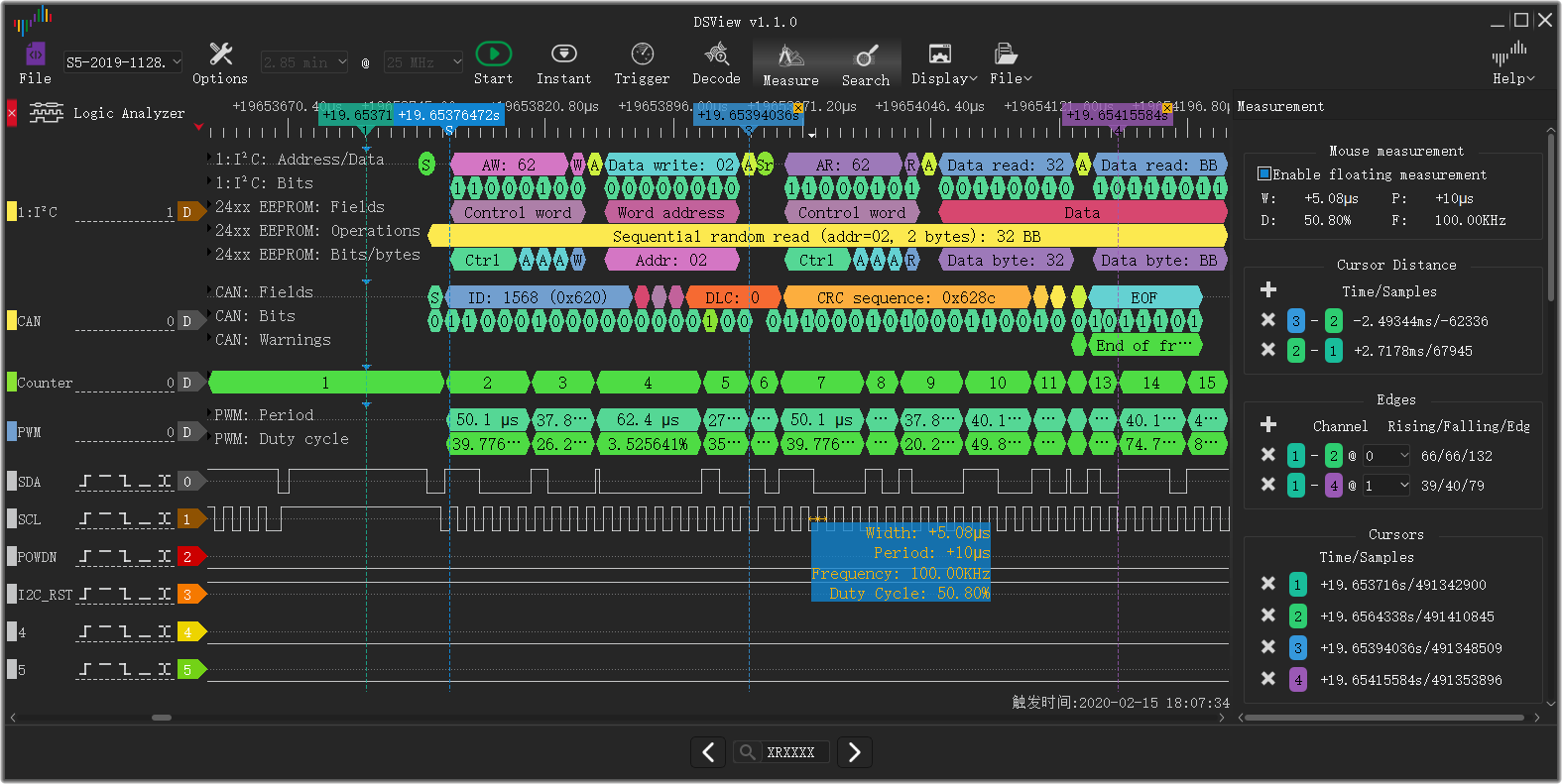
5 years,1800 days and nights,300 improvements
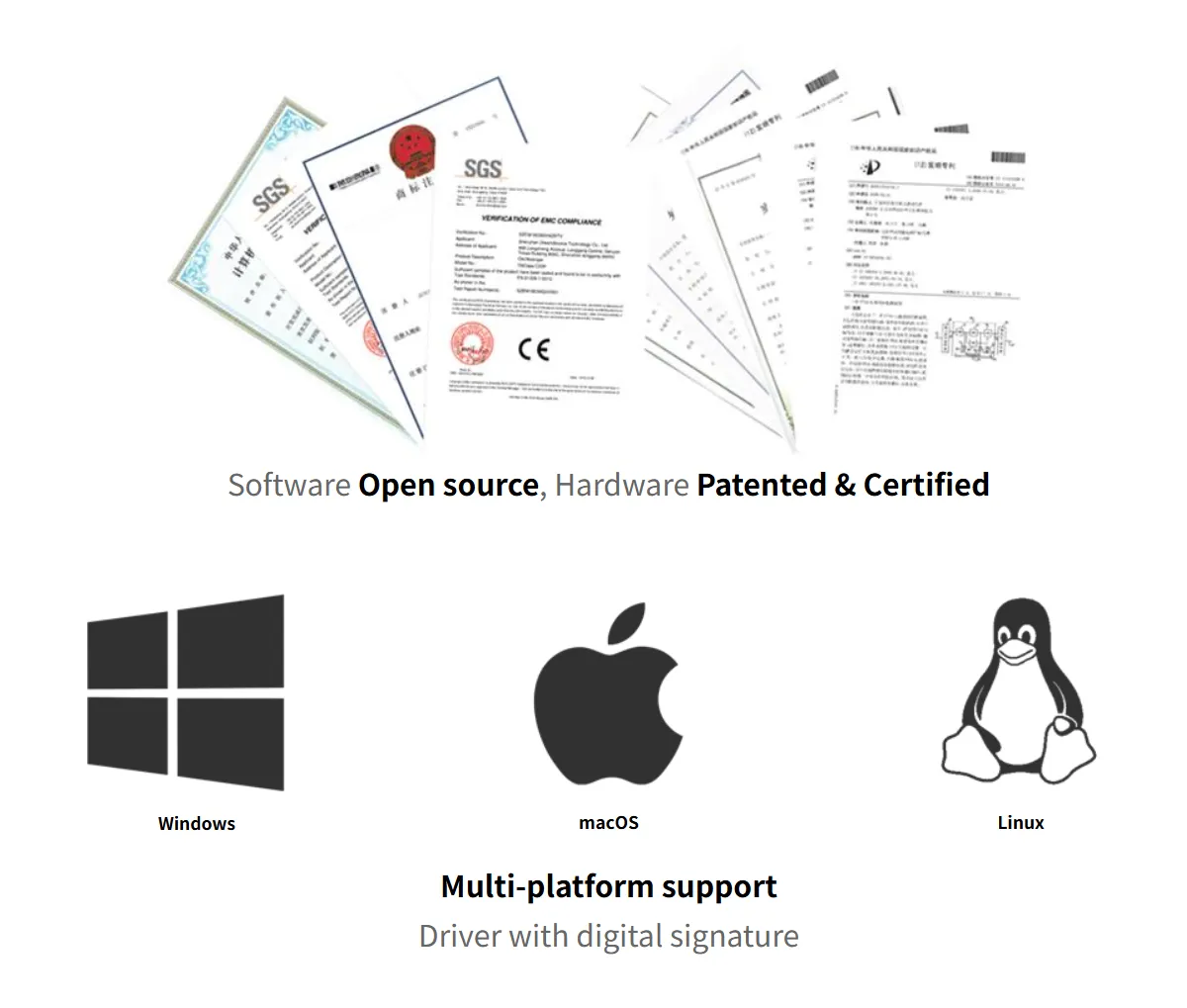
2. Dual Mode Support
Main spec. of LA:
Sample duration and Sample rate
Buffer mode: High sample rate
Stream mode: Long sample duration
Why you need a high sample rate?

Sample rate is like screen resolution
The higher the better
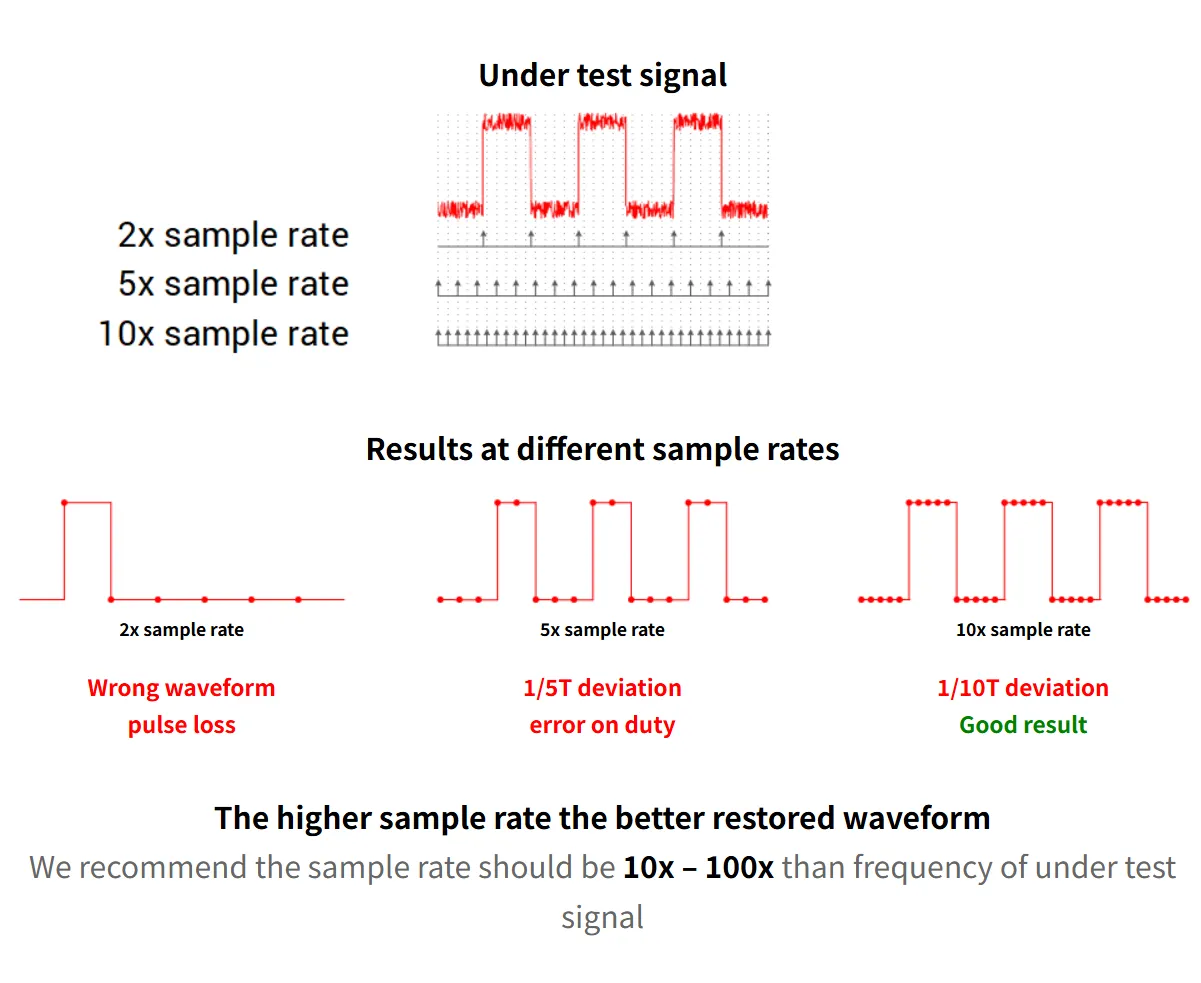
Stream mode
Data are transferred to computer in real-time through USB
Greatly increase the sample duration
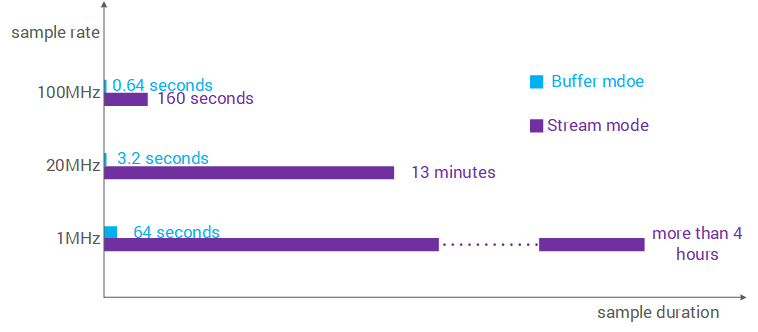
Sample duration
Buffer mode vs Stream mode
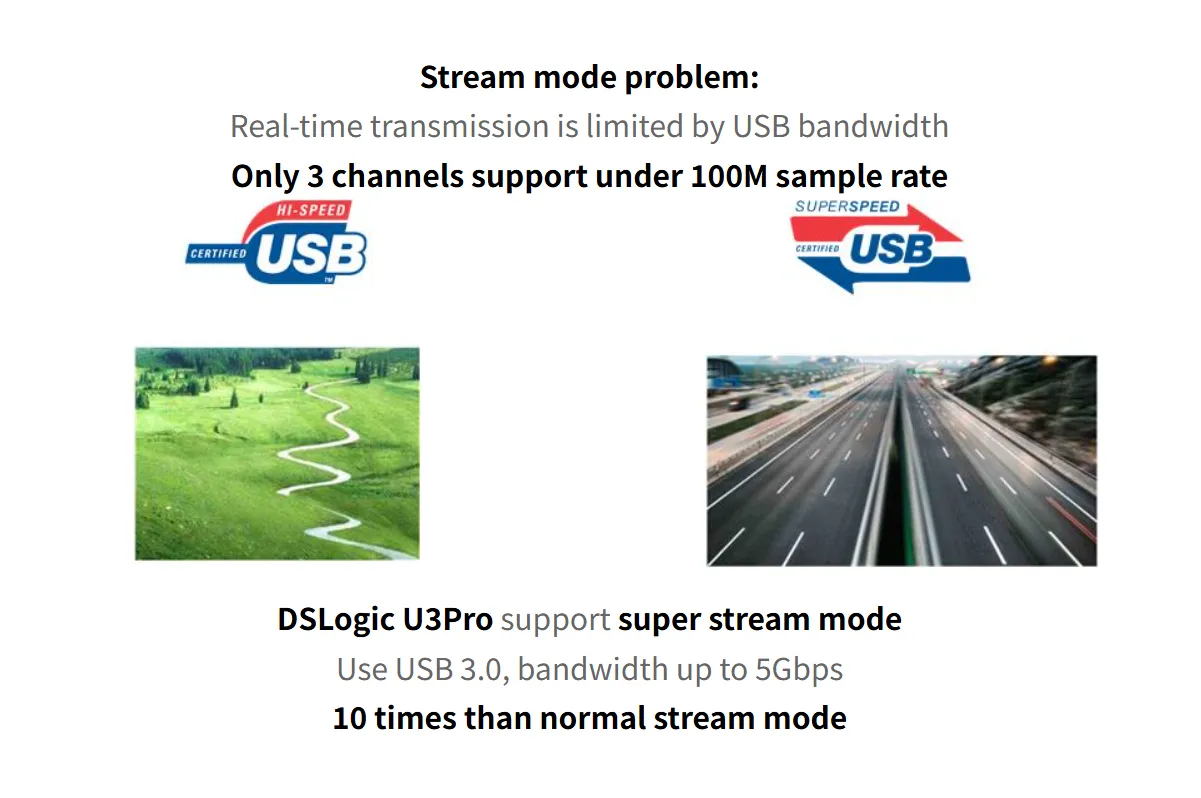
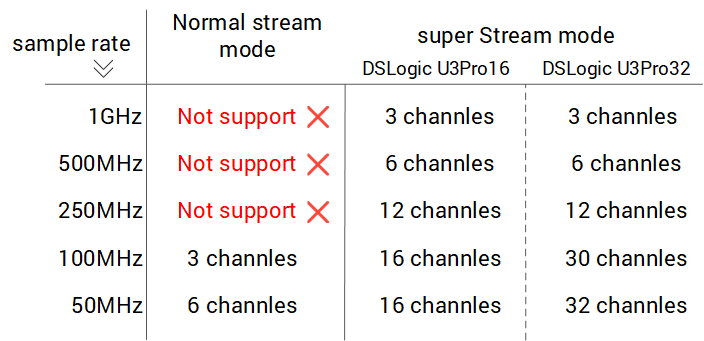
DSLogic vs DSLogic U3Pro
3. Signal Integrity
As a qualified LA, high sample rate is not enough. It is necessary to ensure that high-frequency signals can be transmitted without distortion on the entire path of signal acquisition.
DSLogic ensure the signal integrity with following designs
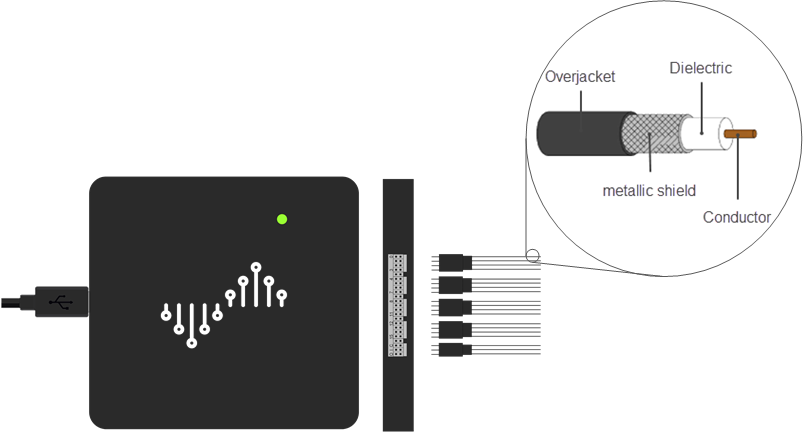
Metal case + shielded fly wire
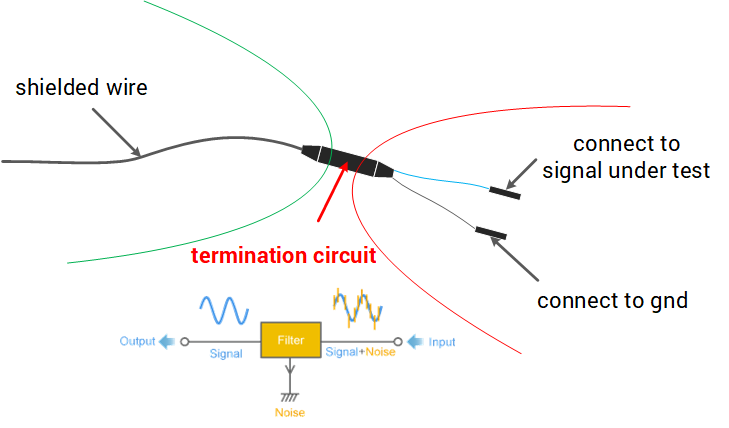
Structure of shielded fly wire
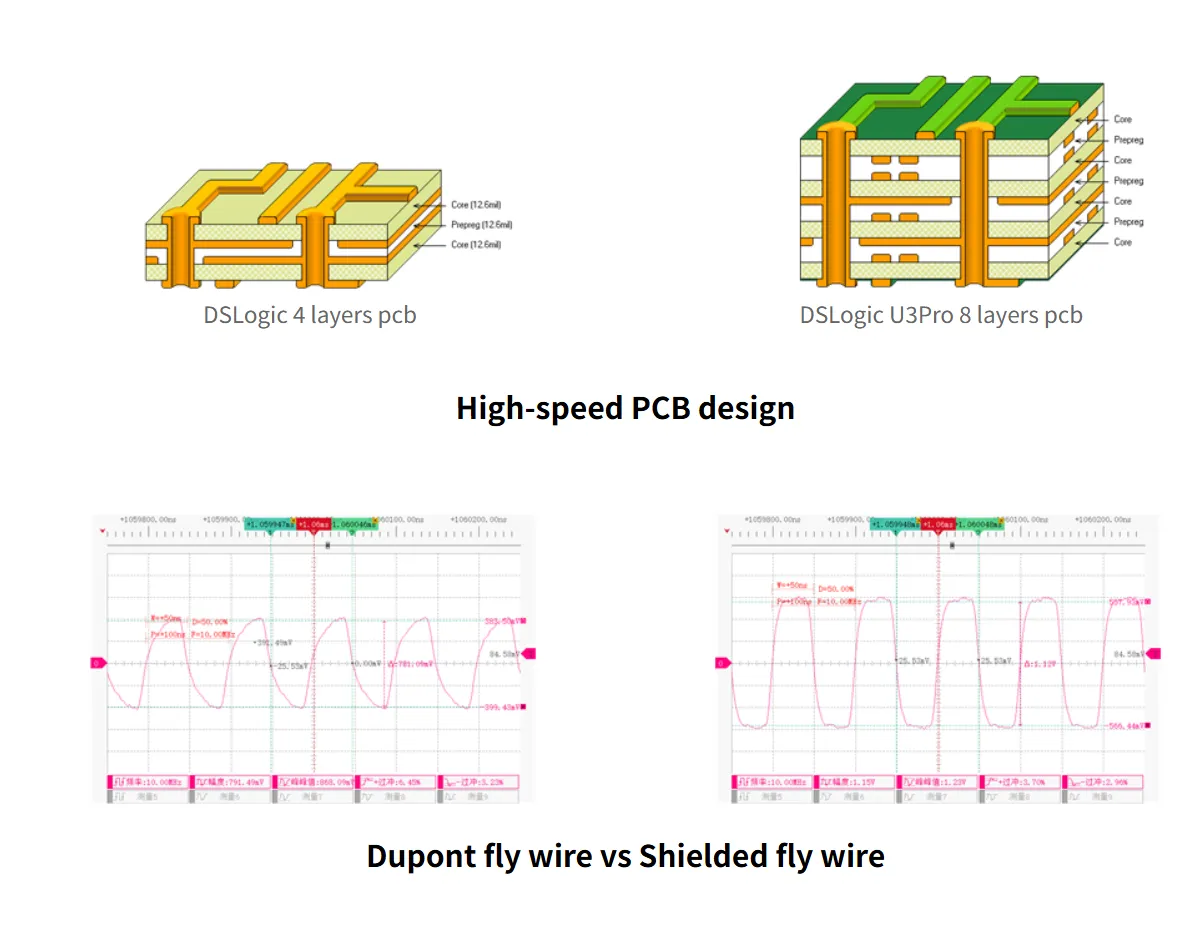
4. Rich Protocol Decoders
Support not only base decoders, but also stack decoders.
More intuitive results.
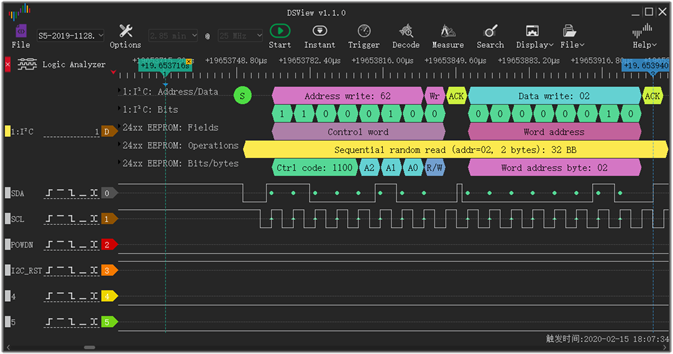
Show page operations of EEPROM
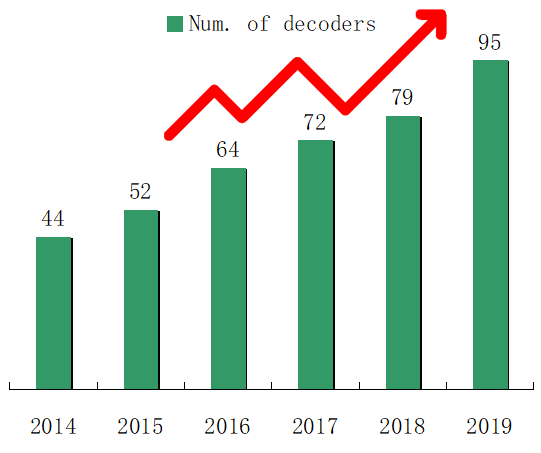
Support open-source decoder library.
More decoders are under development.
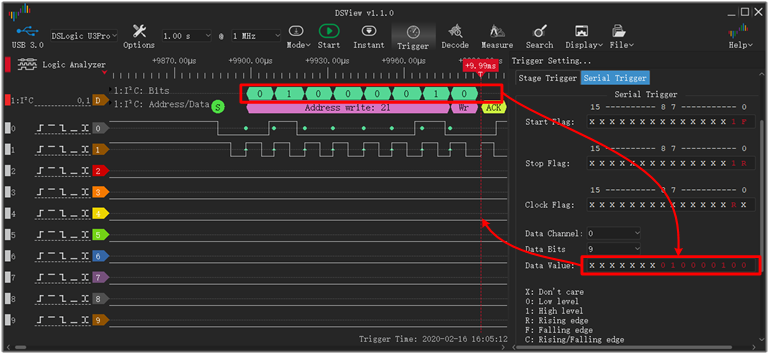
Support protocol-based trig
For example:trig by dedicate byte in I2C operations.
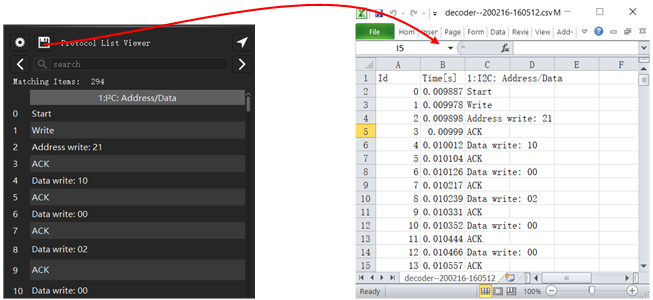
Support search & export of decoder results
Base decoders:
I²C, UART, SPI, CAN, I²S, JTAG, 1-Wire link layer, DMX512, PWM, Parallel, SWD, USB PD, USB signalling, SWIM, SD card (SD mode), PS/2, MDIO, Stepper motor, Timing, Z80, AC ’97, Counter, IR NEC, IR RC-5, AM230x, AUD, AVR PDI, CEC, DALI, DCF77, DSI, EM4100, EM4305, GPIB, Gray code, Guess bitrate, Jitter, LPC, Maple bus, MCS-48, Microwire, Miller, Morse, OOK, Qi, RC encode, RGB LED (WS281x), SDA2506, S/PDIF, ST7735, T55xx, TI TLC5620, Wiegand…
Stack decoders:
LIN, 24xx EEPROM, 93xx EEPROM, USB request, USB packet, 1-Wire network layer, AVR ISP, nRF24L01(+), RGB LED (SPI), SD card (SPI mode), SPI flash/EEPROM, Modbus, MIDI, I²C demux, I²C filter, ARM ETMv3, ARM ITM, ARM TPIU, ATSHA204A, DS1307, EDID, LM75, MLX90614, MXC6225XU, Nunchuk, RTC-8564, TI TCA6408A, XFP, JTAG / EJTAG, JTAG / STM32, CFP, DS243x, DS28EA00, Oregon, OOK visualisation, ADE77xx, ADF435x, ADNS-5020, MAX7219, MRF24J40, RFM12, SSI32, PAN1321…
List of supported decoders
5. Intuitive HMI
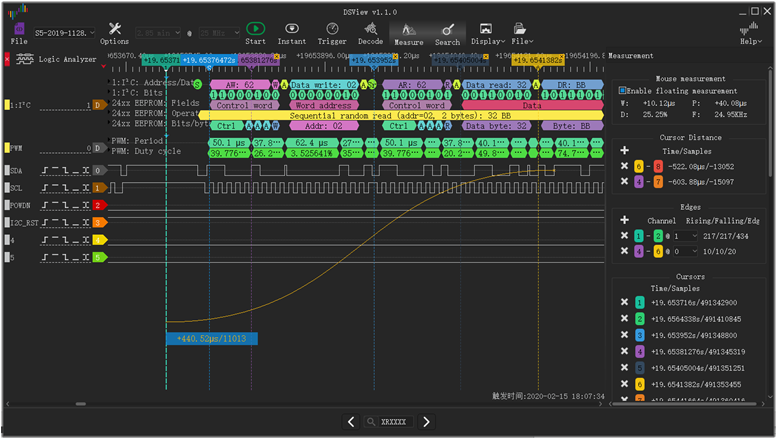
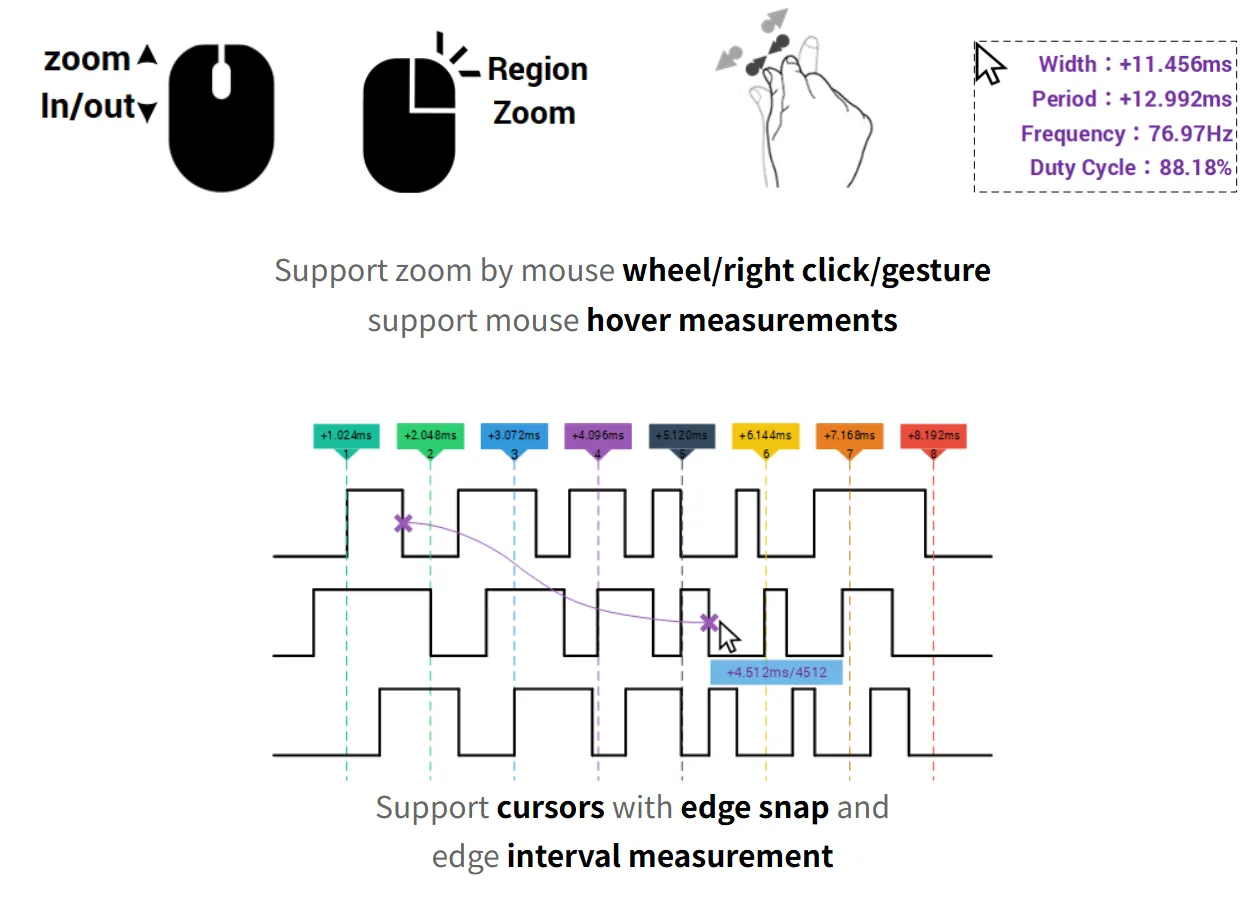
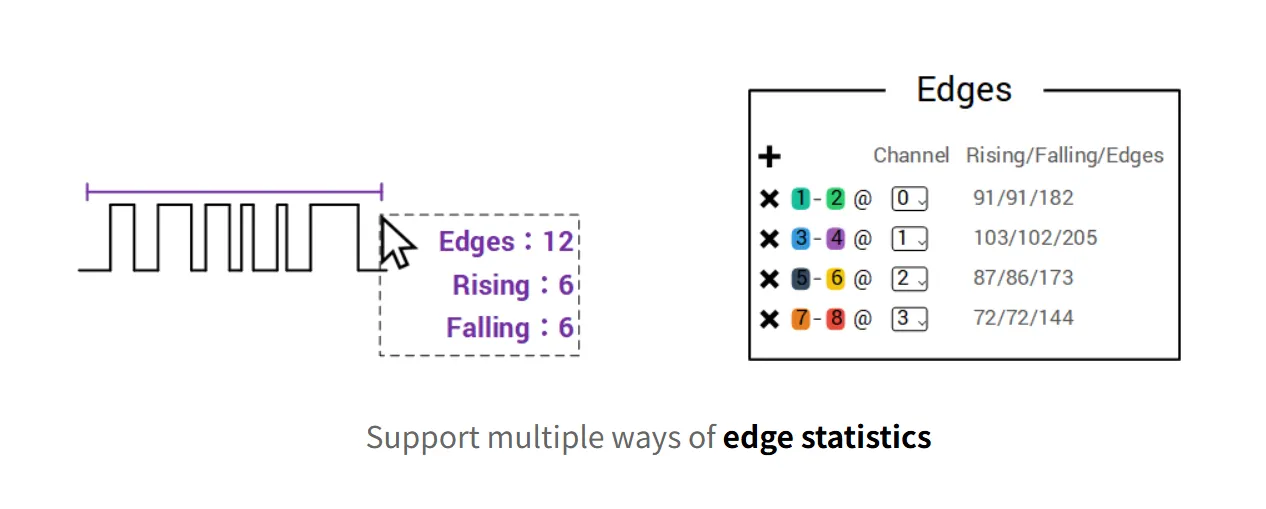
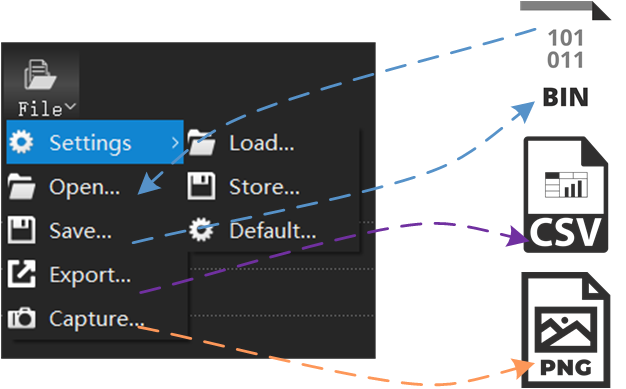
File & settings load/store
easy to review & share & reprocess
6. More Highlights
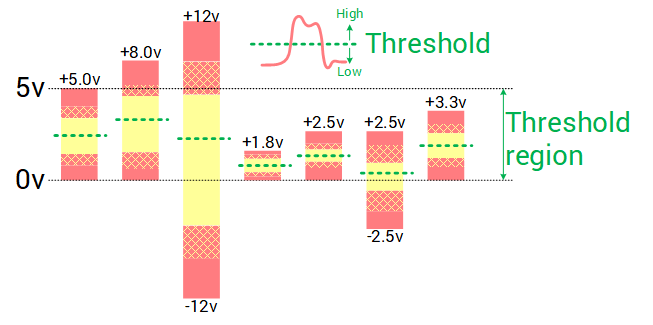
Adjustable threshold
Compatible with various voltage standards
1.2V/1.8V/2.5V/3.3V/5.0V …
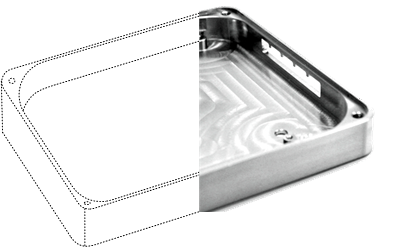
CNC aluminum case
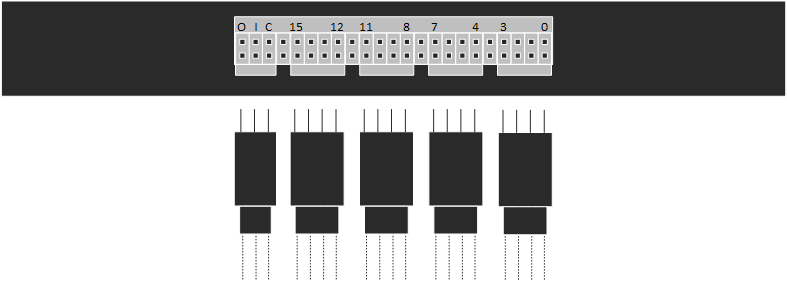
Grouped & Fool-proofing design of fly wires

USB Type-C interface

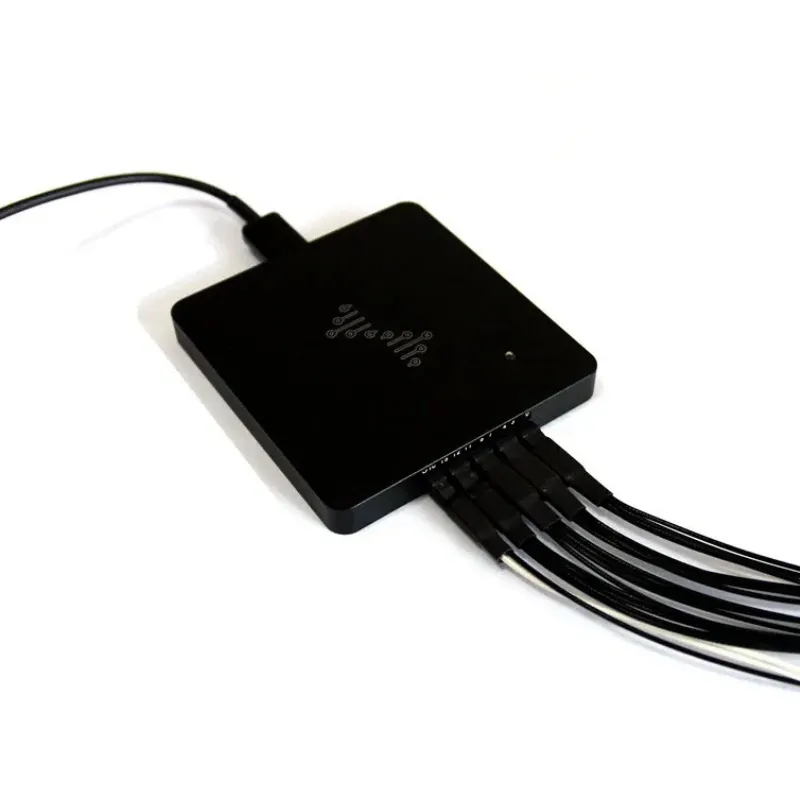
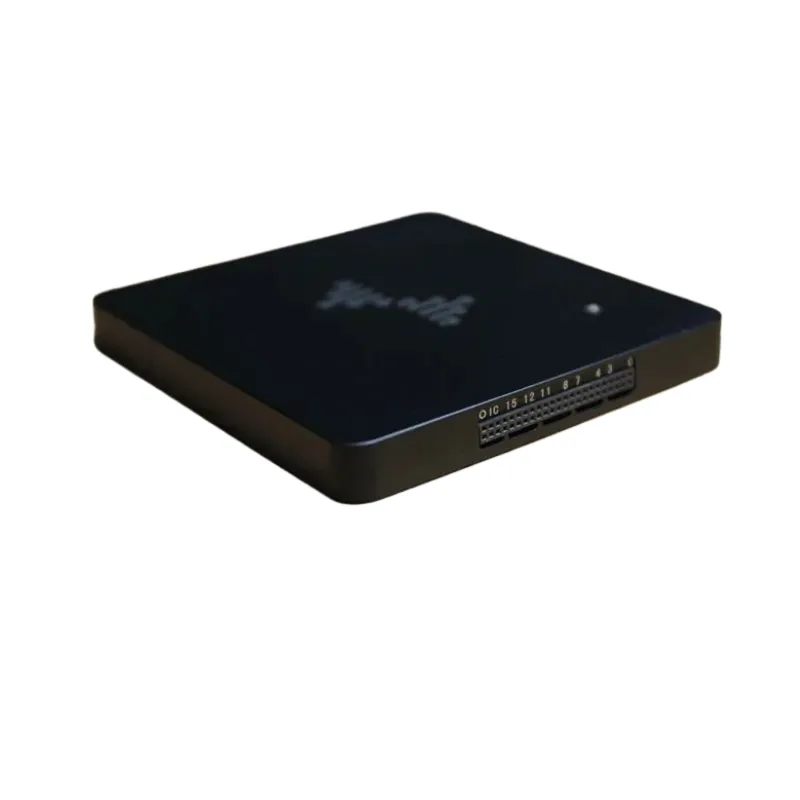
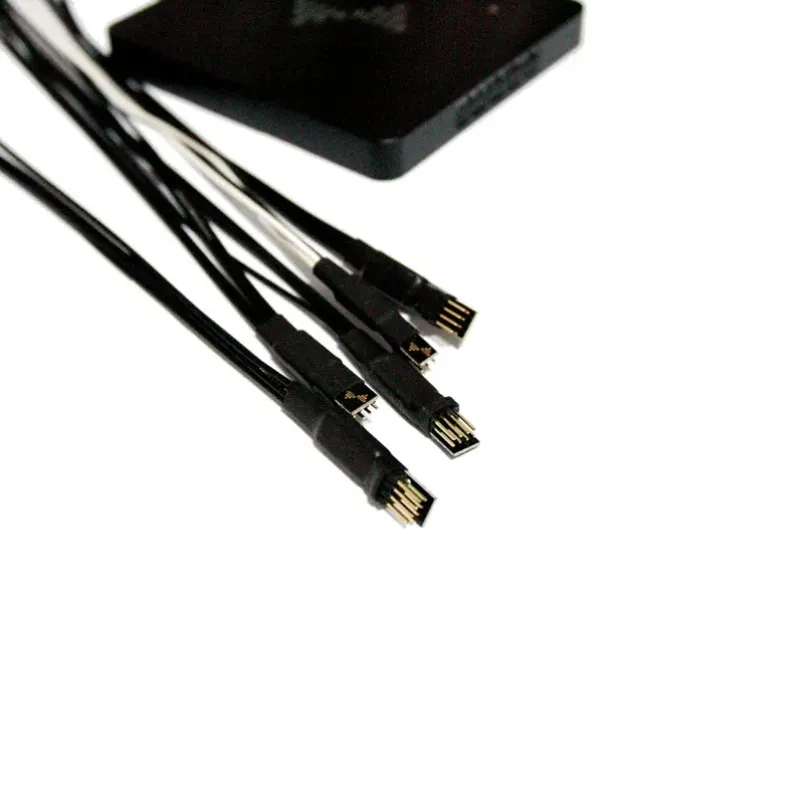
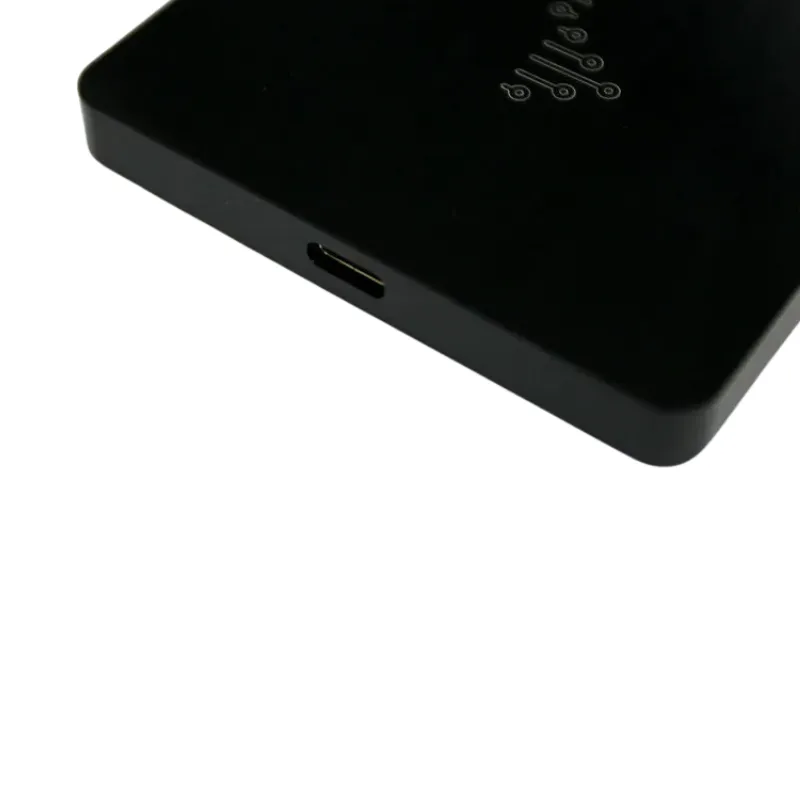
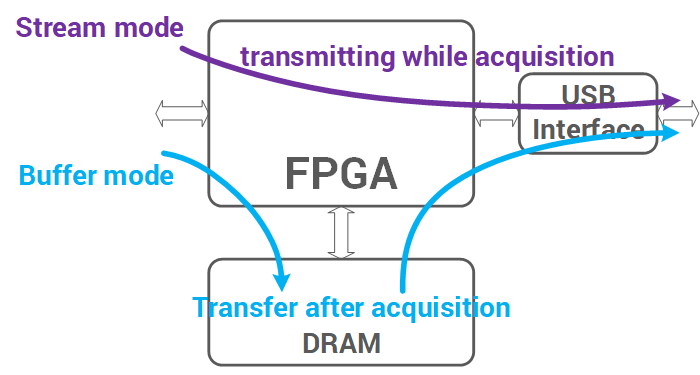
Reviews
There are no reviews yet.